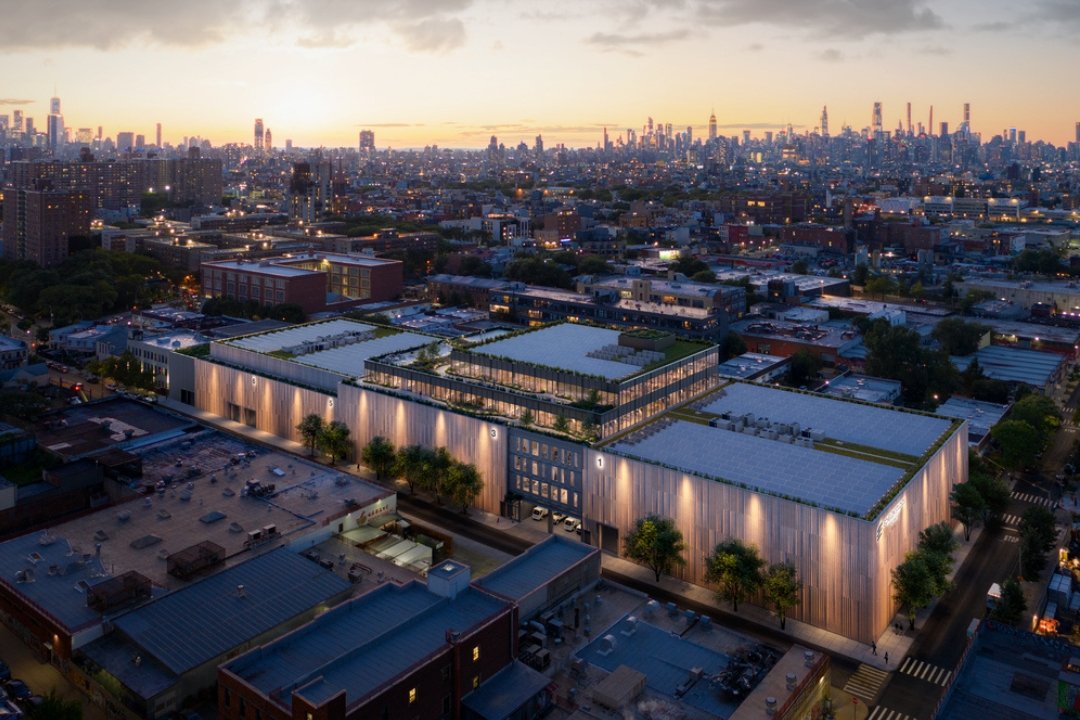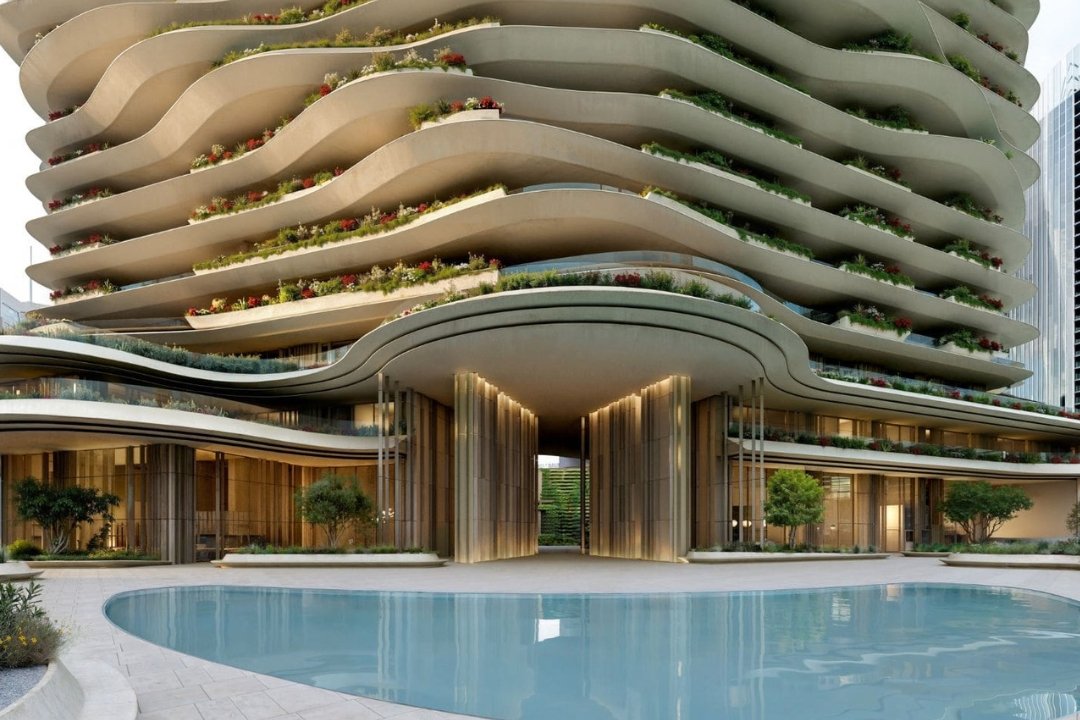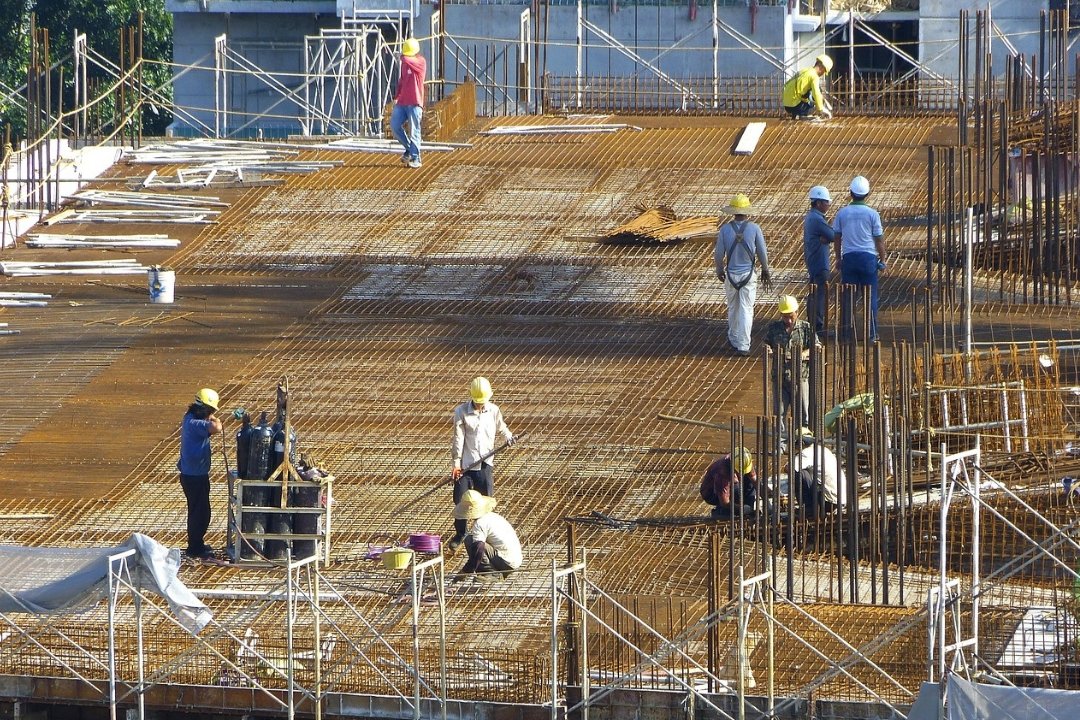The White House has unveiled a new executive order requiring that major federal buildings adopt classical and traditional architectural styles, marking the third such directive of its kind in recent years.
Titled Making Federal Architecture Beautiful Again, the order sets out that newly constructed federal courthouses, agency headquarters, and public buildings in Washington D.C., as well as any other federal projects nationwide exceeding $50 million, must be designed within recognised historical styles.
According to the order, Neoclassical forms such as “Neoclassical, Georgian, Federal, Greek Revival, Beaux-Arts, and Art Deco” are defined as suitable. In addition, traditional American styles including “Gothic, Romanesque, Second Empire, Pueblo Revival, Spanish Colonial, and other Mediterranean styles of architecture historically rooted in various regions of America” have been specified.
The order updates the 1962 Guiding Principles for Federal Architecture, first introduced under Senator Daniel Patrick Moynihan, and follows two recent directives: Promoting Beautiful Federal Civic Architecture, signed on 20 January 2025, and an earlier version from December 2F020 during Donald Trump’s first presidency.
In language reinforcing the intent of the order, it declares: “Design must flow from the needs of the Government and the aspirations and preferences of the American people to the architectural profession, and not vice versa. The advice of distinguished architects practiced in classical or traditional architecture should, as a rule, be sought prior to the award of important design contracts.”
Not all projects are bound by the order, with infrastructure works and land ports of entry exempt from the new stipulations. The General Services Administration has been tasked with ensuring compliance across federal projects.
The order firmly rules out certain architectural movements, stating that Deconstructivist and Brutalist designs are unacceptable. Instead, it points to historical exemplars to be emulated, from Renaissance masters Alberti, Brunelleschi, Michelangelo and Palladio, through Enlightenment figures Robert Adam, John Soane and Christopher Wren, to 19th-century architects including Benjamin Henry Latrobe, Robert Mills and Thomas U. Walter.
Twentieth-century contributions are also highlighted, with the order citing Julian Abele, Daniel Burnham, Rafael Carmoega, Charles F. McKim, John Russell Pope, Julia Morgan and the firm of Delano and Aldrich as models of practice.
Furthermore, when design competitions are commissioned, the order stipulates: “the Administrator shall actively recruit architectural firms and, as applicable, designers with experience in classical and traditional architecture to enter such competition and shall, to the extent practicable, ensure that multiple designs in such modes are advanced to the final evaluation round.”



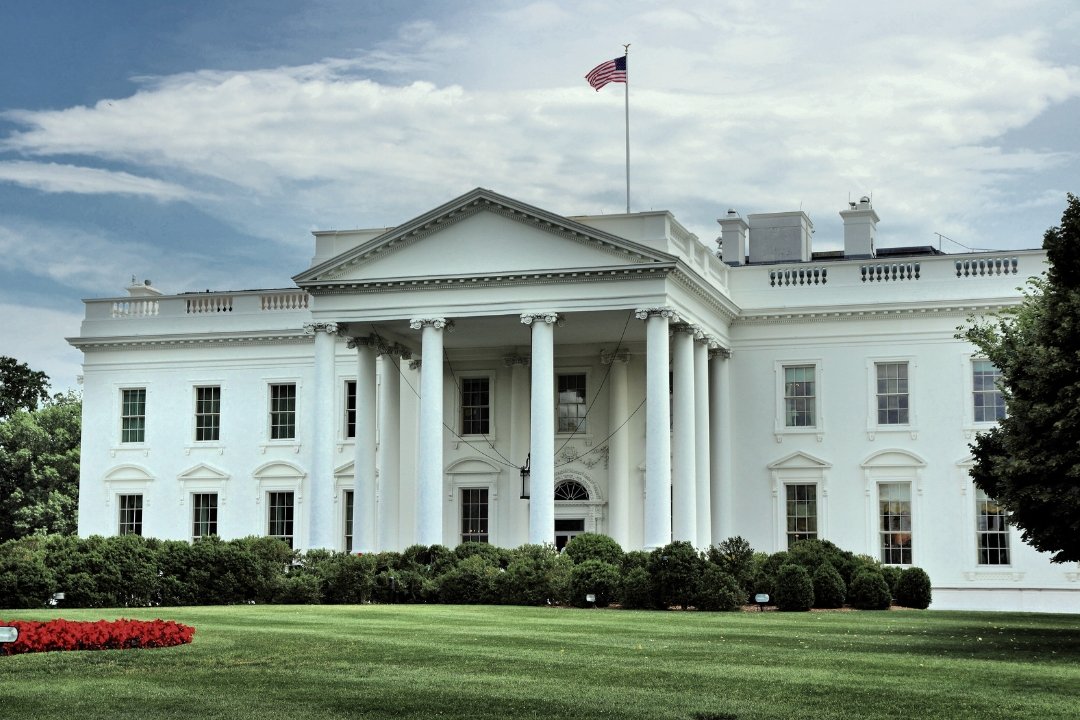


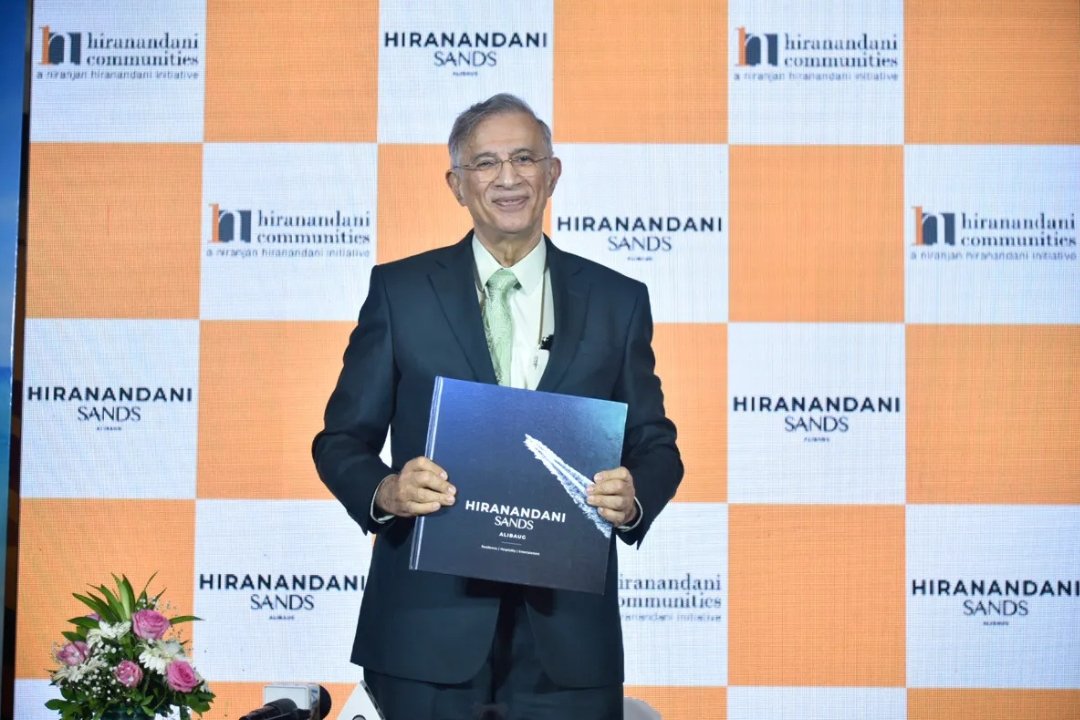


![[IRHM] logo](https://irhmagazine.com/wp-content/uploads/2025/08/IRHM-AWARDS-2025-1024x683.jpg)



